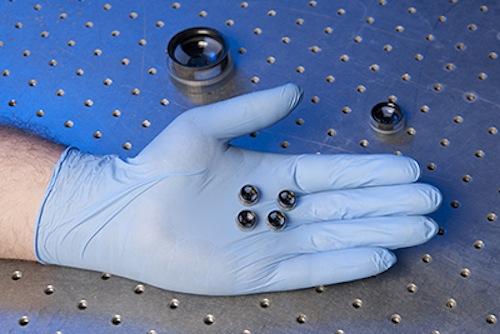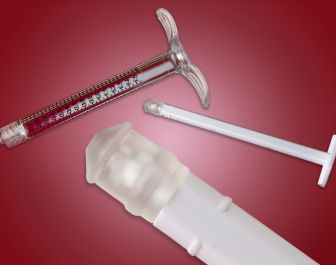Bayer MaterialScience has been showing off its research facilities for polycarbonate vehicle glazing and this week invited around 100 car manufacturers and system suppliers to see its new 2,300 tonne Engel injection moulding machine in action.
The machine has been installed with localised clean room areas around the cavity, robot and packaging zones at Bayer’s Leverkusen plant in Germany and is capable of producing 3D roof modules measuring up to 1·2 m² along with other complex glazing components.
The facility is also designed for back-injecting pre-formed, printed films to integrate additional functions such as heating, antennae and IR reflection in roof modules, rear windows and other glazing applications.
The new machine has a central swivelling platen for two-component injection, with shot a capacity of 1 – 6 kg for the first component and 0·2 – 3 kg for the second. It can operate injection-compression, and is ready for the installation of MuCell for the second component, as well as for direct skinning and direct coating.
Because of the importance of accurate temperature control to achieve a high optical quality the new machine is equipped with 17 temperature control units. The swivel platen is controlled separately with 10 water feeds for 24 temperature control channels.
As well as its research function, Bayer expects to use the machine for mould proving and production troubleshooting for its customers as part of its full service approach to supplying automotive glazing systems.
Since withdrawing from the Exatec joint venture with GE Plastics and setting up BayVision Bayer has also expanded its coating pilot plant at Uerdingen, focusing on polysiloxane wet coats, and now has a class 100 clean room able to apply flow coatings to 3D moulded polycarbonate components measuring up to 1·4 m².
Coatings have to withstand the rigours of windscreen wiper abrasion for rear windows and the effects of car wash brushes on other unwiped glazing. Bayer has developed windscreen wiper test facilities that it says are more representative than the standard Taber abrasion test. In the new test system, a wiper arm fitted with commercial wiper blades moves backwards and forwards across a fixed test sheet. A force of 20 g/cm² is applied and the wipers move at a speed of 14 cm/s. As drivers tend to have very different “wiper habits”, the test can be adjusted accordingly. For example, the tests can be performed dry and/or wet, with or without standard dirt (ISO 6255). Bayer says that initial tests have shown that, when dirty panes with a polysiloxane coating are wiped under primarily wet conditions, there is virtually no clouding visible to the naked eye, even after 30,000 double-wiper cycles.
A further test rig has been devised for the effect of car washes on unwiped glazing, with test sheets fixed to the top of a car which is washed weekly for a three year period.
Source: britishplastics.co.uk





